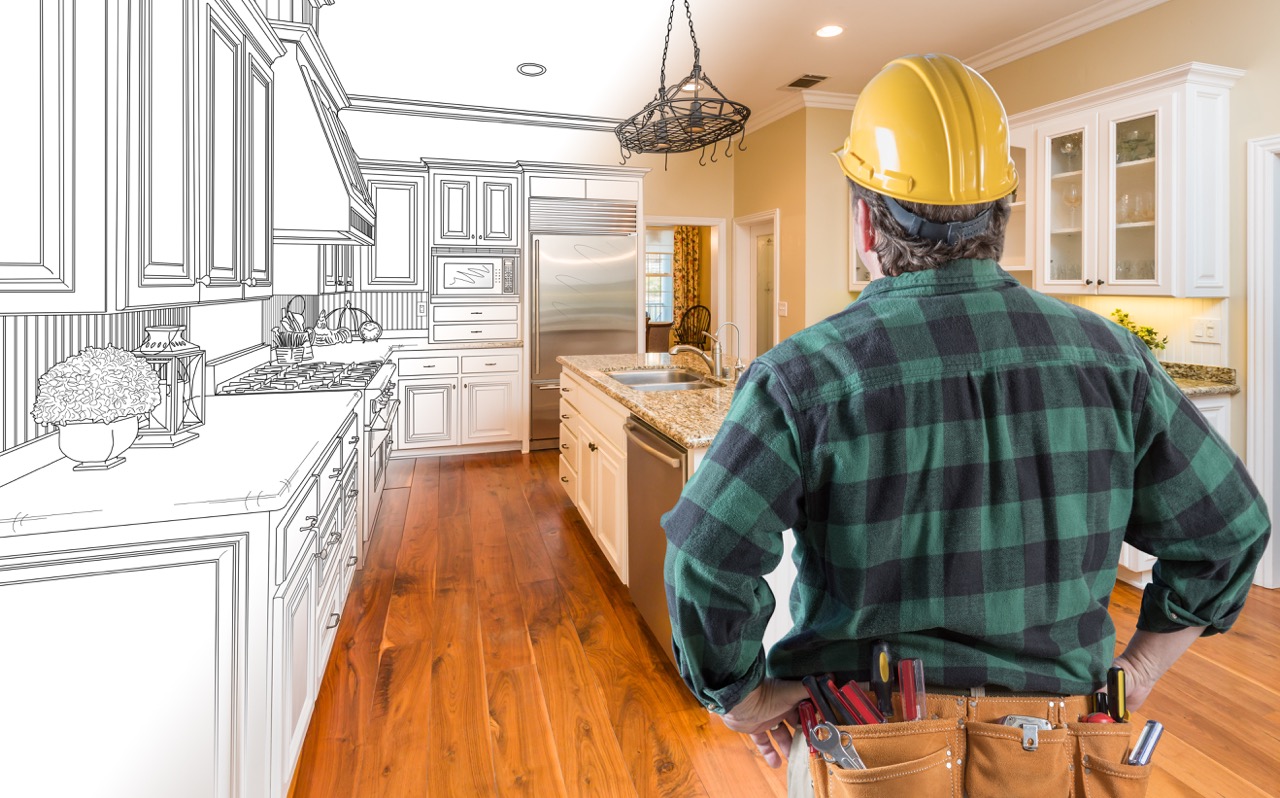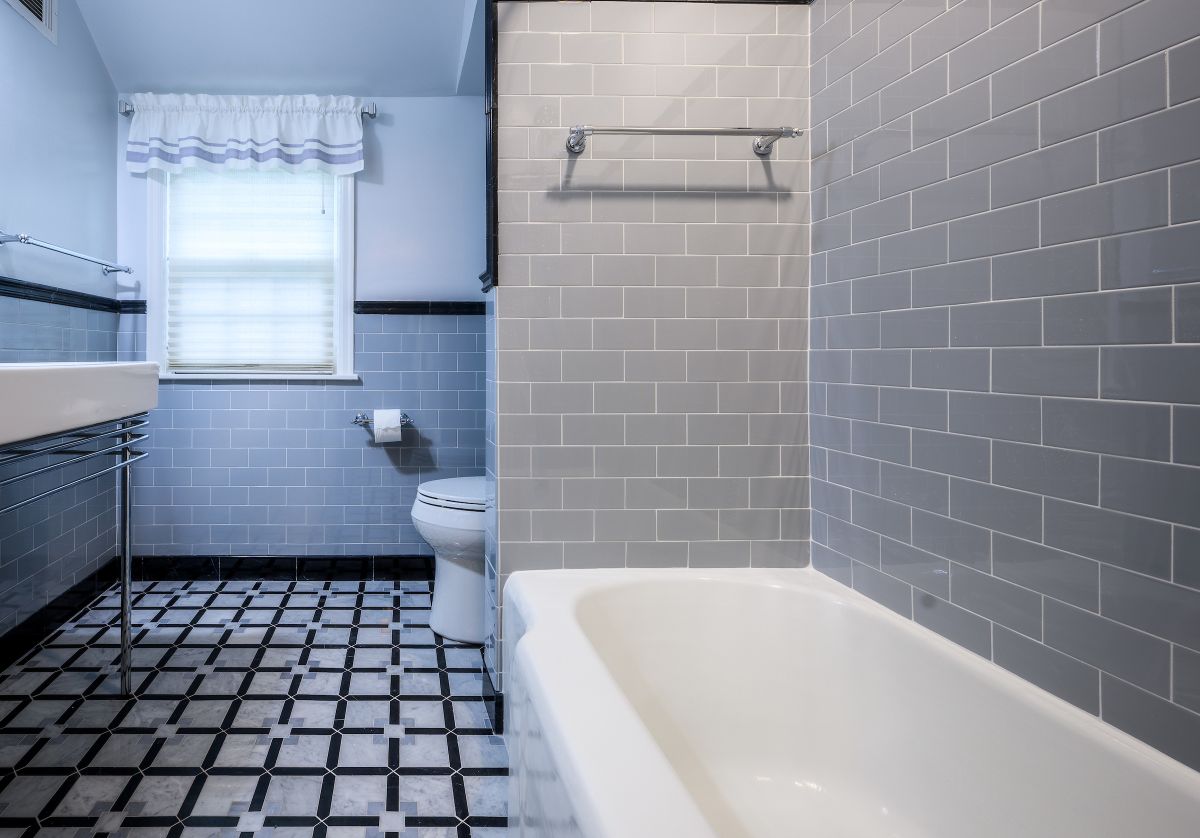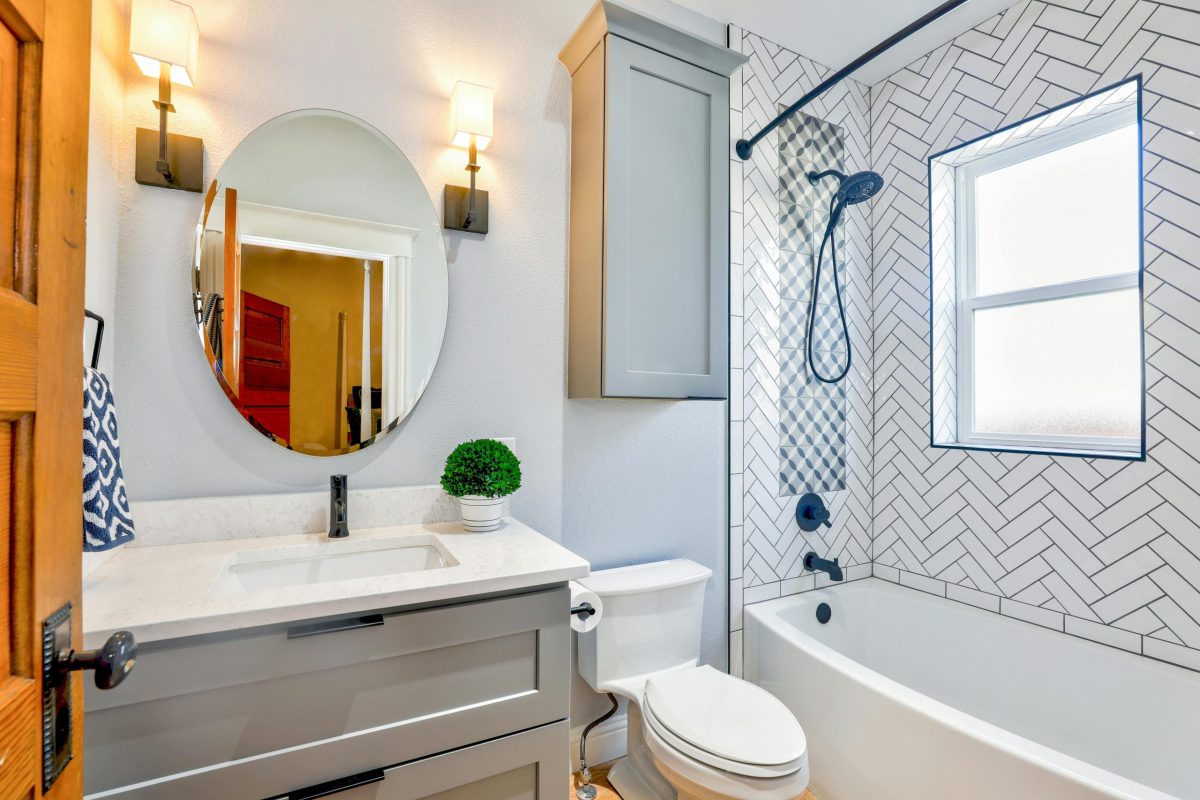 The color that you paint your space can easily make or break a room. Choose the right color and your paint will highlight your space’s attributes and reflect your personality. Select the wrong color and your room will appear overwhelmed, shadowy, or just plain dull. With the stakes as high as these and the number of options nearly endless, paint can seem like a daunting decision. However, we have a few helpful hints to make your decision a bit easier:
The color that you paint your space can easily make or break a room. Choose the right color and your paint will highlight your space’s attributes and reflect your personality. Select the wrong color and your room will appear overwhelmed, shadowy, or just plain dull. With the stakes as high as these and the number of options nearly endless, paint can seem like a daunting decision. However, we have a few helpful hints to make your decision a bit easier:
Sample Surplus: You can never have too many paint samples! The best made color decisions come after plenty of thoughtful consideration. Because paint will look different in your house than it will in the aisle of Sherwin William’s, it is important to bring home a variety of samples so that you can see them in the context of the space they will inhabit. Place paint samples at least three feet away from each other when you’re testing them on a wall so that your eyes do not allow the colors to bleed together.
Use Paint To Highlight Architecture: Paint can do more than just refresh the walls. Use color to accent key architecture – for example, paint your fireplace façade with a complementary color to draw focus or highlight your pristine, white crown molding with a dark wall paint for contrast.
Expand Your Space: Use paint to enlarge your space by creating a seamless palate. To make a small space seem bigger, paint the walls and ceilings the same colors. This allows visitors’ eyes to travel the span of the room without pause, making it seem larger.
Avoid One Room Wonders: Avoid thinking about each room as a standalone space. Color themes should carry through from one room to the next. A good way to do this is to weave the same colors throughout each space, making a different color dominant in each room. For example, if your kitchen is green with gray and blue accents, consider making your living room gray with blue and green accents, and so on.





